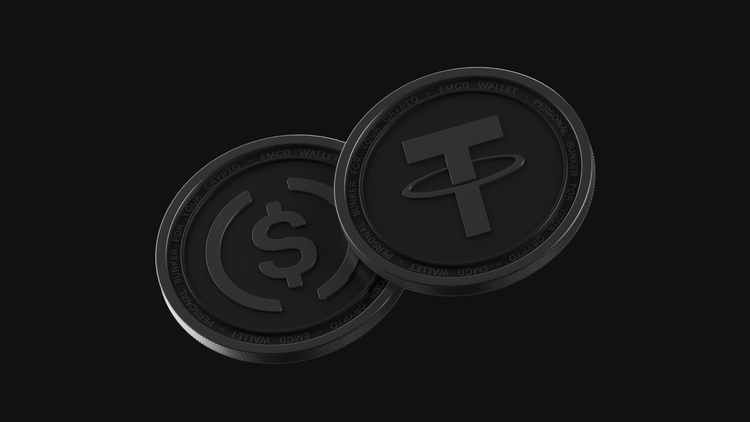Crypto Index vs Individual Cryptocurrencies: Performance Comparison
The crypto index vs individual coins performance question continues to interest both newcomers and professionals. Historical data shows that indices offer steadier results, while individual coins can grow faster but crash harder. This review is based solely on historical outcomes and does not include forecasts or recommendations.
Disclaimer: This article is for educational purposes only and should not be treated as investment advice.
Contents:
What is a crypto index
A crypto index tracks the combined performance of multiple cryptocurrencies, weighted by market capitalization, liquidity, or trading volume. It works like a diversified basket, similar to traditional funds, giving broad exposure based on overall market trends rather than one specific coin.
Most indices include top coins such as Bitcoin, Ethereum, and major altcoins. This structure reduces volatility and balances short-term movements. By contrast, holding an individual coin involves higher risk but greater potential return, attracting those who like to invest directly in leading tokens.
Historical Performance Overview
Data from Bitwise, CoinMetrics, and CoinMarketCap illustrates how diversified indices compare with individual coins.
| Period | Crypto Index Return (CMBI 10) | Bitcoin | Ethereum | Altcoin Basket (Top 20) |
| 2018 Bear Market | –74 % | –73 % | –82 % | –85 % |
| 2020–2021 Bull Market | +1 200 % | +1 000 % | +2 000 % | +1 700 % |
| 2022–2023 Correction | –63 % | –64 % | –67 % | –70 % |
| 2024 Recovery | +90 % | +160 % | +210 % | +180 % |
Indices typically move less aggressively than individual coins. They lose less in bear markets but lag behind during rallies, showing a clear balance between protection and performance.
Volatility and Risk Balance
When analysing crypto index volatility vs single coin, the data confirms that diversification reduces risk.
Between 2021 and 2023, the Bitwise 10 Index showed about 65 % annualized volatility, compared with 80 % for Bitcoin and over 100 % for smaller altcoins.
Indexes distribute exposure among multiple tokens, which helps maintain liquidity and smooths sudden market shifts. A single coin can outperform when sentiment is high, yet it can also collapse quickly. Historical patterns show that indices deliver more stable return cycles for those who invest steadily over time.
Long-Term Investing Perspective
Analysts often ask whether it makes more sense to diversify or focus on select cryptocurrencies.
From 2018 to 2024, the Bitwise 10 Index averaged around 120 % annualized return, while Bitcoin reached nearly 160 %.
The comparison suggests that indices favour consistent performance, while single-coin portfolios reward those who can handle volatility and invest more actively.
| Investor Type | Strategy | Reason |
| Passive Holder | Crypto index | Diversified exposure and lower drawdowns |
| Active Trader | Single coin | Higher upside potential and tactical flexibility |
| Balanced Investor | Both | Combination of stability and opportunity |
Liquidity, Holding, and Diversification
Liquidity tends to be higher in indices that include top assets with active markets. Many niche altcoins lack depth, creating challenges when trading.
Diversified holding across an index spreads exposure among projects, reducing dependence on one token.
During 2022, index investors experienced smaller losses in the same conditions that heavily impacted individual portfolios, showing the benefit of a structured approach.
Historical Insights
Between 2018 and 2024, indices had fewer negative years than single-coin holdings. They performed better during downturns and slightly underperformed during strong rallies.
This pattern makes them suitable for a conservative or balanced strategy, while direct coin exposure fits investors comfortable with greater volatility and riskier tokens.
Key Takeaways
- Indices provide steadier performance and lower volatility
- Individual coins can outperform but involve higher risk
- Liquidity is generally stronger in the top diversified funds
- Combining both methods can deliver better control of exposure and growth
Final Thoughts
Neither approach is universally superior. Indices bring structure and stability; individual coins add innovation and speed.
Understanding historical results based on real data helps set realistic expectations before you invest further.
This overview is informational only, not a financial recommendation, and relies solely on publicly available data.



